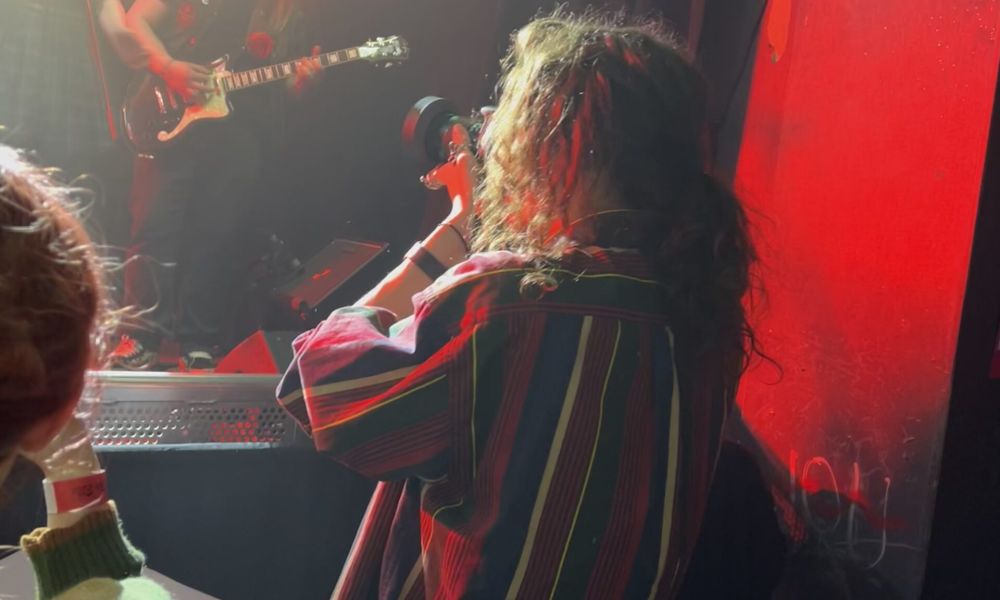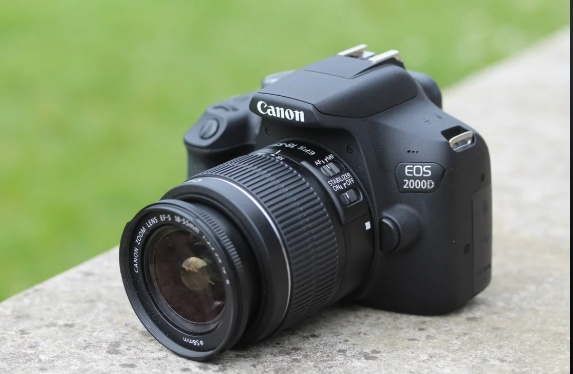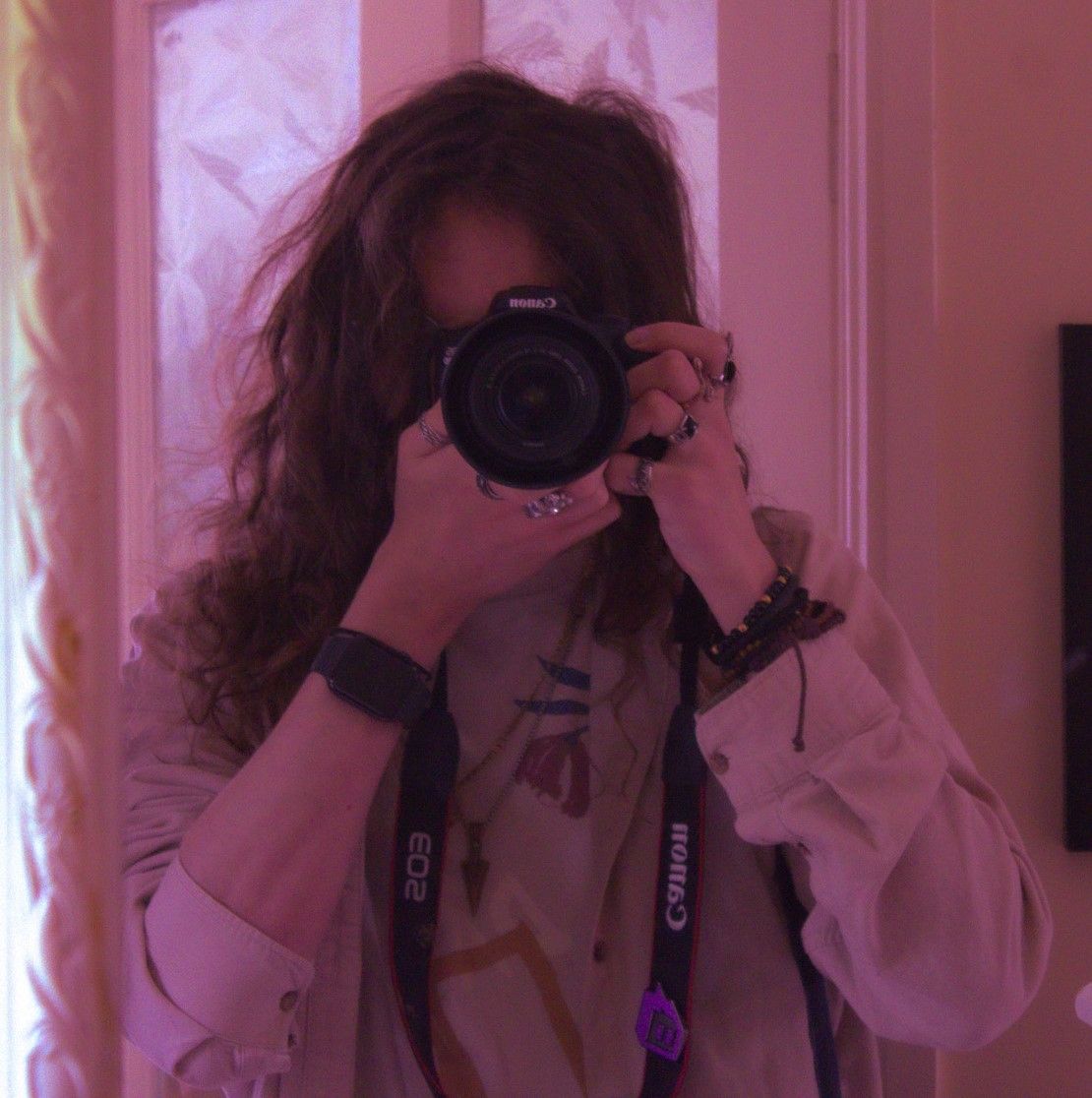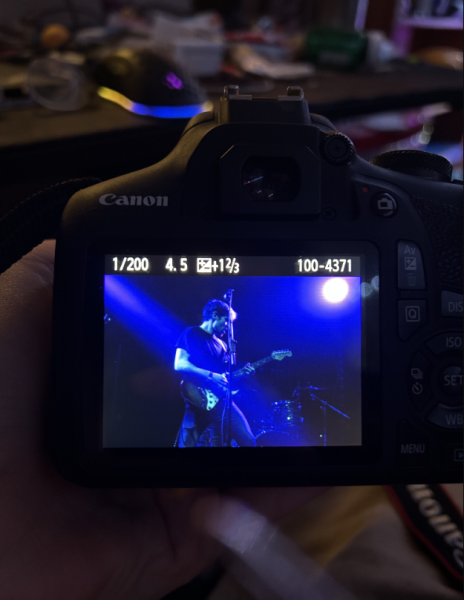
What I use
When it comes to capturing the raw energy and atmosphere of live gigs, I rely on my Canon EOS 2000D paired with an 18-55mm lens. This setup is lightweight and versatile, making it perfect for maneuvering through crowded venues while still delivering sharp, high-quality shots. The EOS 2000D’s impressive low-light capabilities and the lens’s flexibility allow me to capture everything from intimate close-ups to wide crowd shots, ensuring I don’t miss a moment. It’s a reliable combination that helps me focus on the music and the magic happening on stage



Behind the Scenes: A Day in the Life of a Gig Photographer
My typical shoot day would look something like this if I’m shooting in Dublin which is where I usually shoot:
I would wake up around 12, make sure to eat a healthy breakfast as more often than not that’s the only thing I’ll eat for a while, I would start getting ready by ensuring I have my camera battery fully charged, bring 2 128GB memory cards, usually 1 would do however 2 is more of a safety thing, just in case. I would grab my camera and all other equipment I’d need aka short tripod in some cases. I would arrive usually an hour before the gig, often times eating something or having an energy drink. I would meet with my promoter roughly 30 mins before to talk about the gig, asking if there’s any specific shots they’d want as sometimes bands would ask for specifics. Then when the gig actually begins it’s locking in time, you would not believe the focus it requires to shoot for 2 hours straight as often times you need to change camera settings dependent on lighting or how the performers move and it’s decisions you need to make in split seconds to ensure you’re not missing a good shot while changing settings, I usually rely on my instincts in these times. You need to have good knowledge of your camera for gig photography, after the gig my head is usually pretty fried as I would come back home and get to editing, in some cases, depending on how many bands there is I would spend even a week straight editing. Then I’d send them off and usually I’d get paid by band themselves after that but sometimes the promoter themselves would pay you.

Tips for Shooting in Low Light: How to Nail Gig Photography”
Shooting in low light is one of the biggest challenges of gig photography, but it’s also where the magic happens. The key is to embrace the environment and work with what’s available. I rely on fast shutter speeds to freeze motion, wide apertures to let in as much light as possible, and higher ISO settings to compensate for dim lighting. While noise is inevitable at higher ISOs, modern editing tools help refine the final image. Most importantly, I focus on capturing the mood and energy of the performance, letting the rawness of the moment shine through.